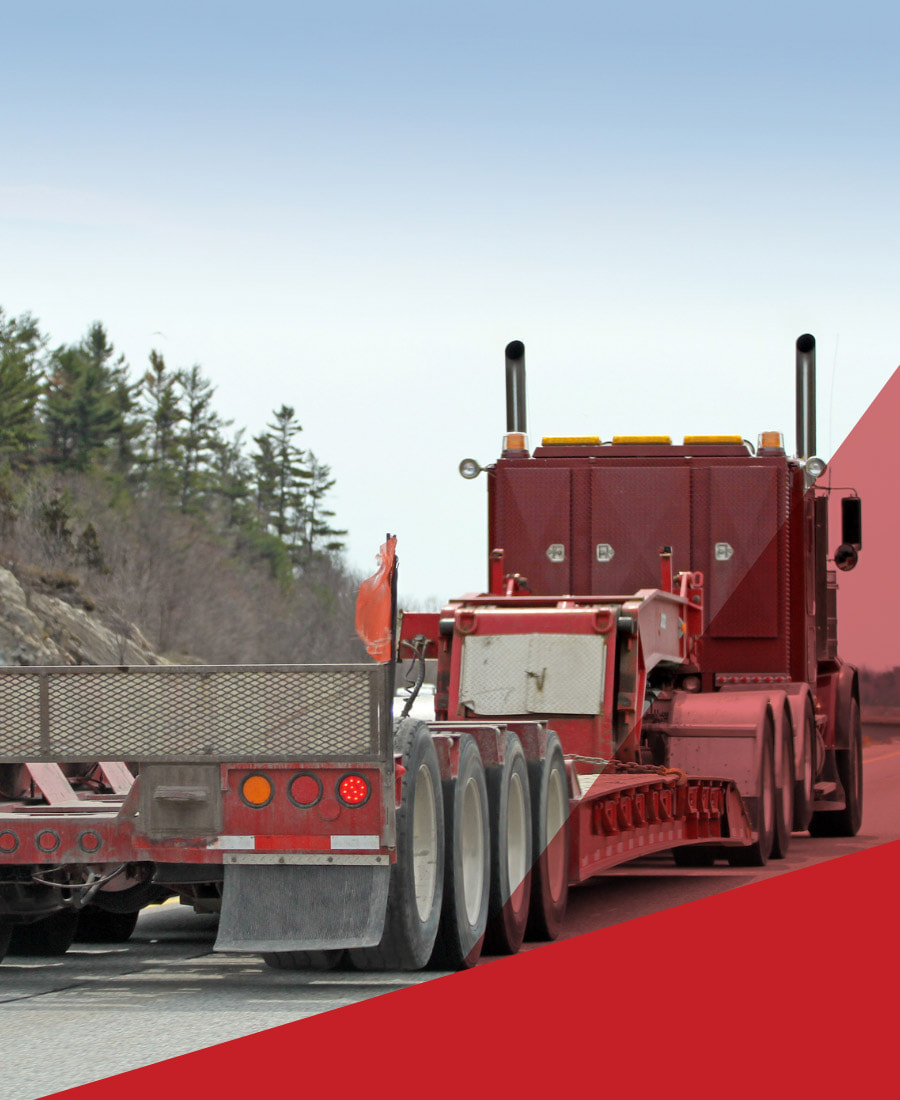Flatbed Shipping
Think Outside the Box
Request a Flatbed Quote Today
What Is Flatbed Shipping?
Flatbed shipping is a mode of shipping that uses an open trailer that has no walls or roof. As a result, freight shipped via flatbed is open to the elements which does narrow down what kind of freight can be shipped. However, on the flip side, there are certain items that can ONLY be shipped with a flatbed trailer. There are many industries that can utilize flatbeds but the two most common ones are construction and the metal and steel industry.
At HTL Freight, we handle ship flatbed freight every single day. We have a strong carrier base of flatbed providers that allows us to offer a quality service at a price point that works for you. No matter what your flatbed needs are we can handle them.
Benefits of Flatbed Shipping
Easy Access
Freight can be loaded onto a flatbed trailer from any angle. This can make the loading and unloading of certain freight much easier. In fact, there are plenty of items that simply cannot be shipped in a conventional trailer and require a flatbed trailer type.
Haul More
Due to there being no walls or ceiling, a flatbed trailer is lighter than a dry van unit. This allows more and heavier freight to be delivered on a flatbed unit. When shipping via flatbed, 48,000 pounds can be hauled, compared to the usual 44,000.
Ship Anything
Flatbed trailers allow for the transportation of just about anything. If it can be lifted up onto the trailer then it should be good to go, this includes large farming equipment, manufacturing equipment, construction materials, and even entire buildings.
Types of Flatbed Trailers
Flatbed Shipping is a pretty diverse mode. Within it there is a variety of trailer types. There is, of course, the standard flatbed trailer but there are others like the step deck, double drop, and removable gooseneck.
Removable Gooseneck Trailer (RGN)
An RGN trailer is a type of trailer that is utilized mainly in the shipping of oversized machinery and equipment. The trailer is able to be removed easily from the truck and form a ramp for the machinery to me loaded onto easily.
Step Deck
Step deck trailers are designed to allow for the transport of freight that would normally exceed height limits. Additionally, many step decks come with some kind of ramp which makes the loading of certain freight much easier.
Conestoga
Conestoga trailers are flatbeds that have a retractable tarping system that allows extra security and protection. These trailers allow many of the benefits a flatbed while also allowing some of the benefits of a dry van trailer.

Tips for Shipping Flatbed
Know Your Order
The maximum amount that flatbed trailers can haul is 48,000 pounds in most scenarios. However, the amount can vary depending on the specific trailer type and if you are able to obtain special permits.
Find a Partner
Building a long term partnership with a carrier or 3PL is very beneficial if you are regularly shipping flatbed freight. Flatbeds are not as common as a dry van so having a relation with a shipping provider is very beneficial.
Know Your KPIs
Make sure you know and communicate which measures are most important to you and your operations. Freight shipped over flatbed can vary widely, sometimes time is of the essence and sometimes finding a low cost is key. Let your shipping provider know exactly what you need in order for your shipment to be a success.
Flatbed FAQs
The maximum amount that flatbed trailers can haul is 48,000 pounds in most scenarios. However, the amount can vary depending on the specific trailer type and if you are able to obtain special permits.
In most cases, yes, shipping with a flatbed trailer is almost always going to be more expensive than shipping via dry van. This comes down mostly to supply and demand, there are a lot fewer flatbed trailers out there than dry van trailers. Because of this lower supply, it is very beneficial to have a strong partnership with your flatbed shipping provider.
The two most common ways to secure freight down that is being shipped on a flatbed is with chains or straps. You want at least two chains or straps for each item. Additionally to protect the freight you can either cover it with a tarp or use a conestoga style flatbed trailer.